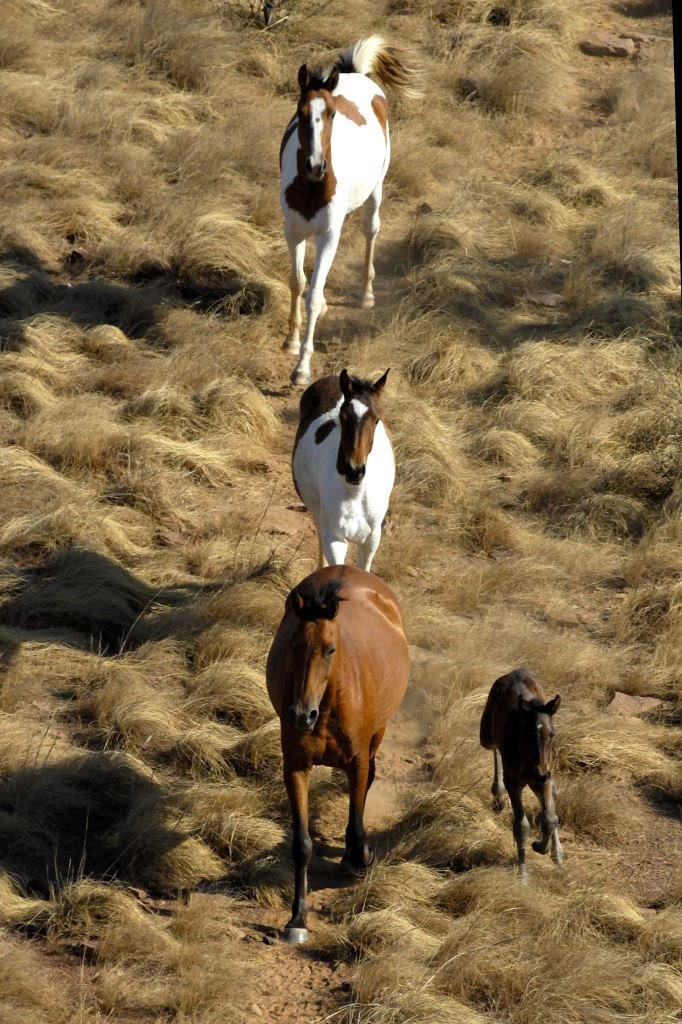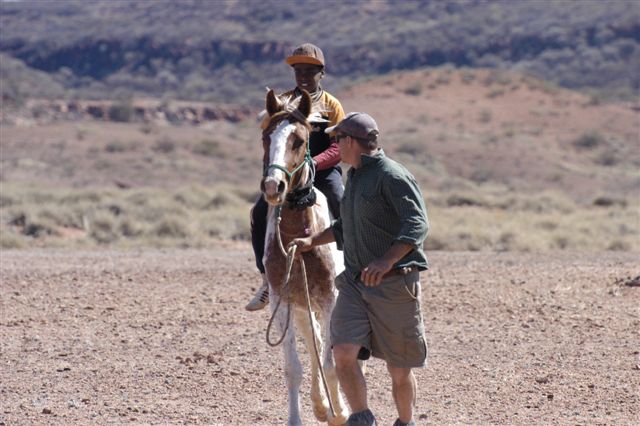Wild Horse Population Control Forum in Australia
- March 10, 2017
- ⎯ Fran Jurga
by Fran Jurga | 21 September 2009 | The Jurga Report at Equisearch.com
Australia is home to ten times as many wild horses as the United States. Australian “brumbies” are being studied by a unique unit at the University of Queensland that seeks to learn about the feet of these horses as well as their genetics, behavior, and feeding habits. A major presentation of the hooves of Australian wild horses will be presented in West Palm Beach, Florida at the Fifth International Equine Conference on Laminitis and Diseases of the Foot in November. Later that month, the university will host a conference on wild horse fertility control.

When the Bureau of Land Management of the United States Government set out to round up the wild horses of the Pryor Mountain Range in Wyming at the beginning of this month, they opened a floodgate of controversies. Everyone and anyone could pick their favorite issue related to wild horse management and comment loudly on the Internet. It was a Wild Web free-for-all without a moderator.
One of the subjects that came up was the treatment of mares to decrease or delay fertility and how this might affect behavior of individual horses and the stablity of small mare bands attached to a single stallion. The idea of “birth control” for wild horses is not new, but the widespread practice is, and many people hadn’t heard about it.
Half a planet away, Australia is struggling with a massive overpopulation of wild horses. They would absolutely laugh at the numbers that the BLM cites: Australia is home to ten times the feral horse population of the United States. And it is growing exponentially each year.
To discuss the pros and cons of fertility intervention in the vast population, the Australian Brumby Alliance will host a conference at the University of Queensland on November 24, 2009. The conference will include participation by the RSPCA, Queensland Park and Wildlife Service, and scientists and veterinarians from the University of Queensland and its veterinary college.
Click on this link to download a flyer about the wild horse fertility conference: Fertility%20Control%20Seminar%20Flier.pdf
The University of Queensland’s vet school is home to the Australian Brumby Research Unit, which is the only research laboratory known to be solely dedicated to the study of wild horses. The researchers are involved in tracking horses with GPS collars, studying their habits, genetics and diet, and particularly noting the distance covered by wild horses.
The Queensland researchers are involved in helping Aborigine groups re-connect with the wild horses in their regions and learn horsemanship skills.

Data on the wild horse hooves is being studied under the direction of famed laminitis researcher Dr. Chris Pollitt, of the Australian Equine Laminitis Research Unit, who hopes to glean insights on what the truly “normal” foot is and how a foot is influenced by its environment, exclusive of human intervention factors. To that end, wild horses are studied that live on different types of terrain and in different moisture zones. One recent study involve switching horses from wet to dry and dry to wet, and the scientists monitored the changes in their feet over the course of time.
Dr Pollitt will present a major report on the brumby hoof research and how it is applicable to domestic horse research and particularly laminitis research at the Fifth International Equine Conference on Laminitis and Diseases of the Foot in West Palm Beach, Florida on November 6-8, 2009.
Photos in this post courtesy of Dr. Chris Pollitt and the AELRU.





